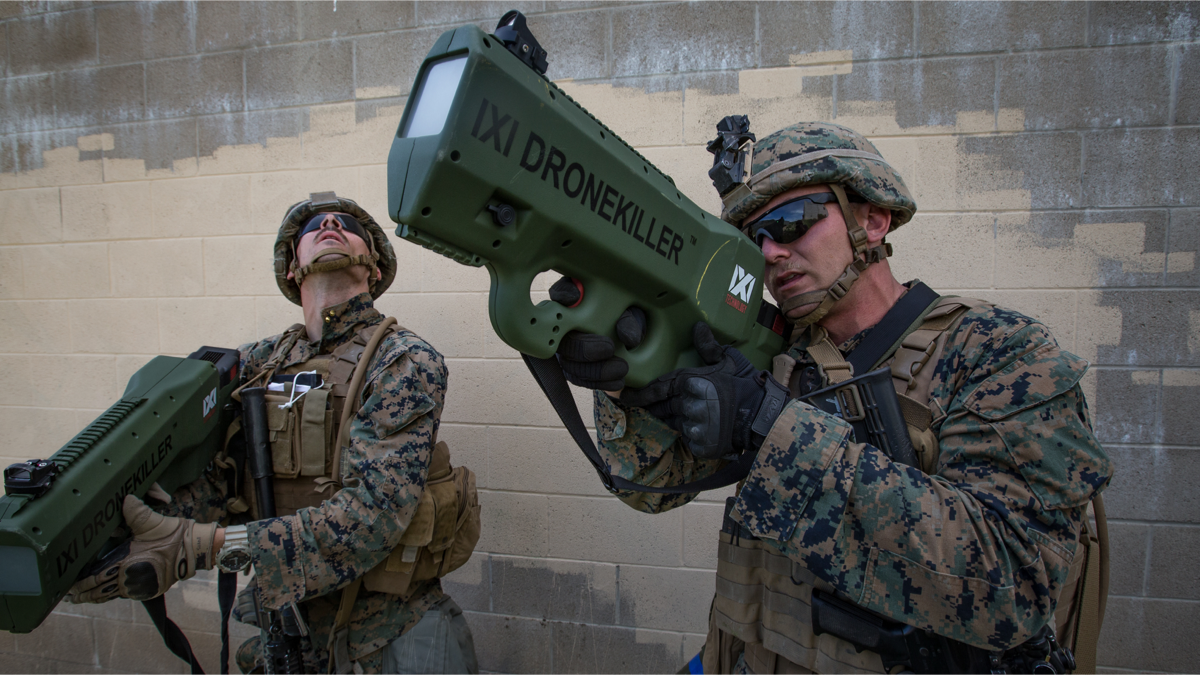If the White House gets its way, open season for robots in the skies could follow.
The Office of the Press Secretary released a statement July 17 in support of the “Preventing Emerging Threats Act of 2018." The bill, which has also been promoted by the Department of Homeland Security, would grant broad powers to law enforcement to take action against drones flying within the domestic United States.
The release is couched in terms of protecting the safety of the sky for legitimate drone users — ensuring the success of the commercial drone sector while maintaining protections for privacy and civil liberties — but the meat of it is about the dangers of drones, and how to stop them.
“Achieving that goal requires the development of a legal framework that protects the public from nefarious uses of this technology,” says the Office of the Press Secretary, “such as facilitating terrorist attacks, conducting espionage, or facilitating other criminal activities such as illicit surveillance, interfering with the safe operation of aircraft, interfering with law enforcement operations, delivering contraband inside prisons, or smuggling drugs or other harmful materials across our nation’s borders.”
While drones have been used abroad for terrorist attacks (and as a tool of insurgent militaries), domestic terror attack by drone within the United States is rare, though at least one attempt has made it as far as the planning and procurement stages. Interference with law enforcement is a more provable concern, as the FBI claims a drone swarm interfered with a hostage rescue operation. Drones delivering contraband into prisons is also a known and observed phenomenon, and drones have carried illicit goods across borders. And, perhaps most prominently, drones flown over or near wildfires have caused halts to firefighting efforts, lest the human-carrying vehicles be endangered by the small robots. In addition, the Army is undertaking a substantial counter-drone effort.
To meet that threat, to whatever degree it is a pressing concern that needs a response, the proposed bill would authorize a range of responses for government and law enforcement (and likely military bases, as well), starting with identifying and tracking drones as they fly and working through significantly more aggressive countermeasures up to and including the use of force against drones. Citing a lack of current procedure, guidance and authority for the federal government to stop drones, the release argues this bill provides “a tailored grant of authority within a framework that provides effective oversight, protects privacy and civil liberties.”
There are privacy protections written into the bill, nestled after a short line that would allow Homeland Security and the Department of Justice to seize a drone under the rules governing forfeiture. The bill would require twice yearly reports to Congress from the attorney general and the secretary of homeland security, together with the secretary of transportation, to disclose what drone mitigation efforts have taken place, and what tools were used for mitigation.
It’s an earnest effort, but given the way drone mitigation is already tied by the administration into flashy threats like terrorism and cross-border smuggling, it’s also not hard to imagine the federal government using the new powers granted to it by this bill and resisting transparency in the name of national security.
An earlier version of this story incorrectly stated that there have been no attempted domestic terror attacks by drone within the United States. It has since been updated.
Kelsey Atherton blogs about military technology for C4ISRNET, Fifth Domain, Defense News, and Military Times. He previously wrote for Popular Science, and also created, solicited, and edited content for a group blog on political science fiction and international security.








